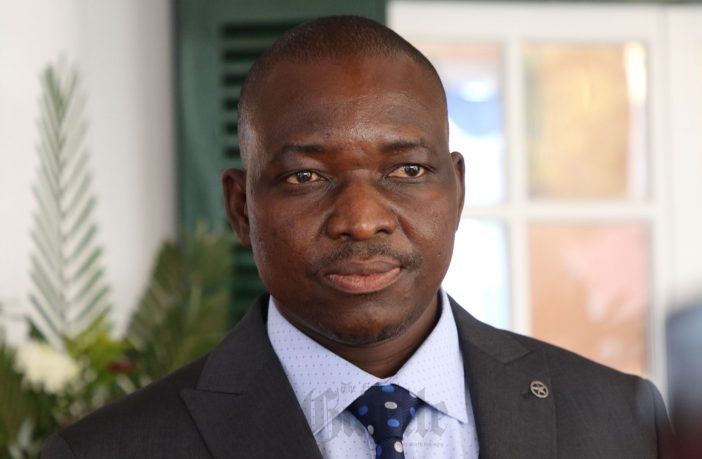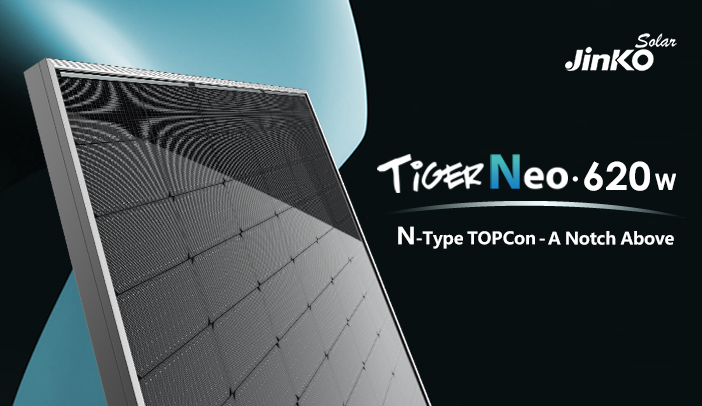- The Energy and Power Development Minister in Zimbabwe, Zhemu Soda, is targeting 2100 MW from renewable energy sources by 2030.
- Soda made the announcement at the 3rd International Renewable Energy Conference and Expo held at Victoria Falls recently.
“My ministry’s strategic goal is to achieve and install renewable capacity of 1 100 MW or 16,5 percent of total electricity, or whichever is higher by 2025 and 2 100 MW or 26 percent by 2030,” said Zimbabwe’s energy minister, Zhemu Soda.
The country is also targeting to have 100 MW of wind energy generation capacity by 2025.
Related news: Jinkosolar launches award winning N-Type Tiger Neo solar panel range in Zimbabwe
Zimbabwe’s power generation capacity is significantly subdued. The country only meets close to half of its 2 200MW peak demand from its domestic generation assets owned by state utility ZESA Holdings, and a few smaller solar and hydro assets owned by independent power producers (IPPs).
The landlocked country at best can produce 1 400 MW from ZESA’s Kariba hydroelectric plant and the Hwange thermal power station combined. The country then supplements its power supply shortfall through electricity imports from neighbouring South Africa and Mozambique via the Southern Africa Power Pool (SAPP). Read more
Related news: Zimplats to build two solar PV plants in Zimbabwe totalling 180MW
Zimbabwe’s energy minister also outlined that the country has applied for US$10 million in green funding from the Sustainable Development Goal Fund which will be used for technical assistance, capacity building and project development.
Related news: UN’s SDG-Fund provides US$ 45million to transform Zimbabwe’s renewable energy drive
Independent power producers in Zimbabwe are also allowed to sell an uncapped amount of electricity to private consumers of their choice in the country with licensing threshold limitations from the energy regulator ZERA. IPPs can also apply from the ZESA’s distribution subsidiary ZETDC for wheeling of electricity via the national grid.
Under Zimbabwe’s National Renewable Energy Policy of 2019, investors can import their equipment exercise duty-free, and will have an option to take a 5 year tax holiday after completion of the project.
Despite the favourable regulations, Zimbabwe is yet to attract significant renewable energy investors with much of the projects developed by IPPs being smaller than 50 MW. Concerns around foreign currency shortages, corruption and political risk have been cited by experts as hindrances to the country meeting its renewable energy potential.
More recently Zimbabwe has failed to pay one of its small independent power producers citing that it has no foreign currency despite a contractual agreement to make payments in US dollars. Read more
Author: Bryan Groenendaal
Source: RenewAfrica.Biz

















